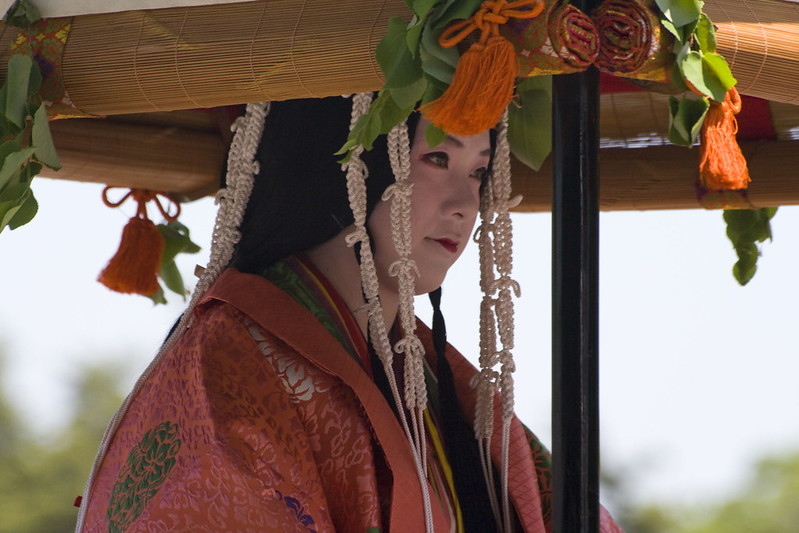May 30, 2022
Saio Festival in Mie
From Elsa to Cinderella to Snow White, princesses are held in extremely high regard in Japanese culture. But it isn’t just your common-or-garden Disney princess that enraptures the attention of the Japanese public; the adoration of Princess Aiko, and the furor surrounding the marriage to a commoner of Princess Mako, is evidence of this.
However, this is not a new phenomenon. Though Japan, like many other nations, has been profoundly patriarchal since time immemorial, the position of a princess has long been held in high regard, both in a regal form and in religious spheres. It is the latter that the Saiō Festival in the town of Meiwa in Mie Prefecture – a short jaunt from Nagoya – is celebrated.
Origins of the Saiō Matsuri
A two-day festival held on the first weekend of June, the Saiō Festival celebrates Meiwa’s history as the former imperial residence of the Emperor’s representative for Ise Jingu. Its origin lies in the legend that Yamatohime-no-mikoto, the divine daughter of Emperor Suinin, left Mt Miwa in Nara Prefecture to find a location from which she could worship the creation goddess Amaterasu-omikami.

Her 20-year pilgrimage brought her to what has now become the Ise Grand Shrine in Mie Prefecture. From that time on, a Saiō – an unmarried religious princess regent – has served as High Priestess at Ise Shrine on behalf of the Emperor. When she was not performing religious ceremonies, she resided in Saikū, a small town of around 500 people, in what has now become Meiwa. There she would compose waka verses, collect shells on the shore of Ōyodo beach, or set recite poetry and await a recall to Kyoto.
The Selection of a Saio
Upon the death of an emperor – or when political expediency required it – a new Saiō was needed and would be chosen by the burning of a tortoise shell, its cracks pointing to which member of the Imperial family would be seconded to Ise. It is a technique that remains today, and though the Saiō is no longer necessarily a direct relation to the Emperor, they must go through an intense training period.
The Saiō Matsuri, rejuvenated in 1983 to celebrate Meiwa’s history, sees more than one hundred people robed in a magnificent Heian-era fashion parading along the ancient Ise pilgrimage road, Ise Kada. Along the way, they visit the historical sites of the remains of Saiku Palace, the Saiku Heian era Park, Uezono Shibafu Square, and the Saiku Historical Museum. In addition, there are numerous stage performances, food and drink stalls, and the sort of atmosphere that can only be enjoyed in a small town reveling in its historical importance.

Furthermore, it is a fantastic insight into a legendary event and a spectacular reminder that Japan’s princess worship has deep roots, most of which have nothing to do with Walt Disney.
Saiō Festival Details
Where: Saikū, Meiwa, Taki District, Mie 515-0321 (map)
When: Saturday, June 4th, 13: 00-16: 00; Sunday, June 5th, 10: 00-15: 30 [Main festival day]
Website: saioh.sub.jp
Image: by Chris Gladis via flickr.com [CC BY 2.0]
Image: by Patrick Vierthaler via flickr.com [CC BY 2.0]
Image: via https://www.instagram.com/p/BskVCT6HPrR/


About the author